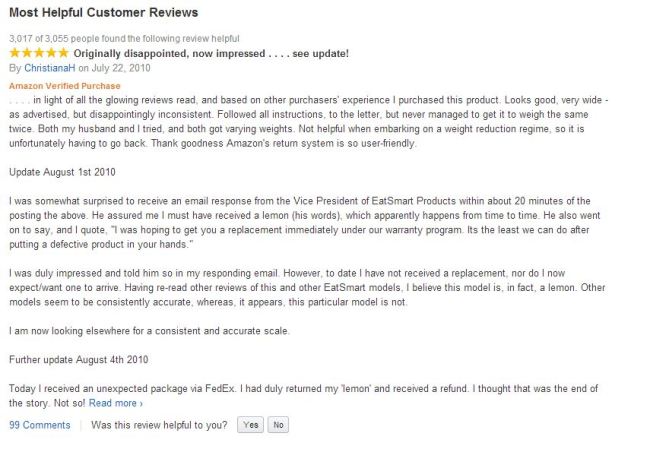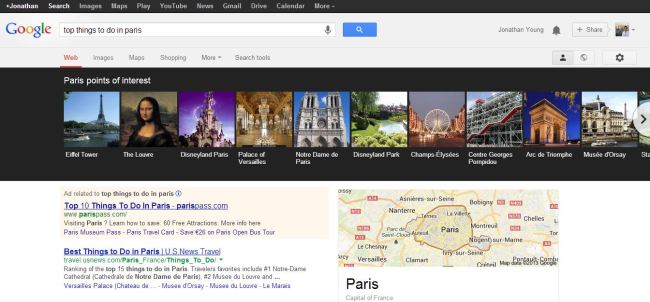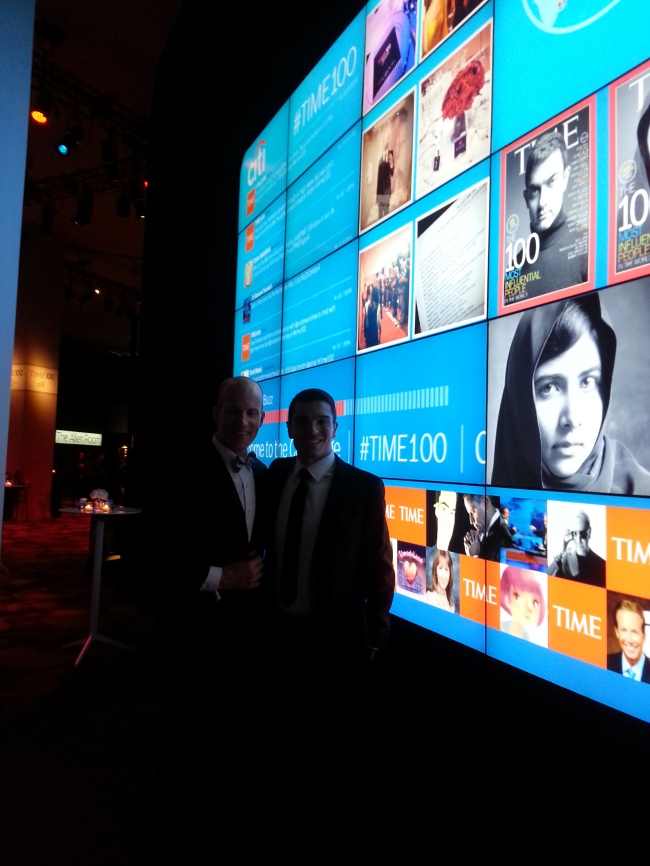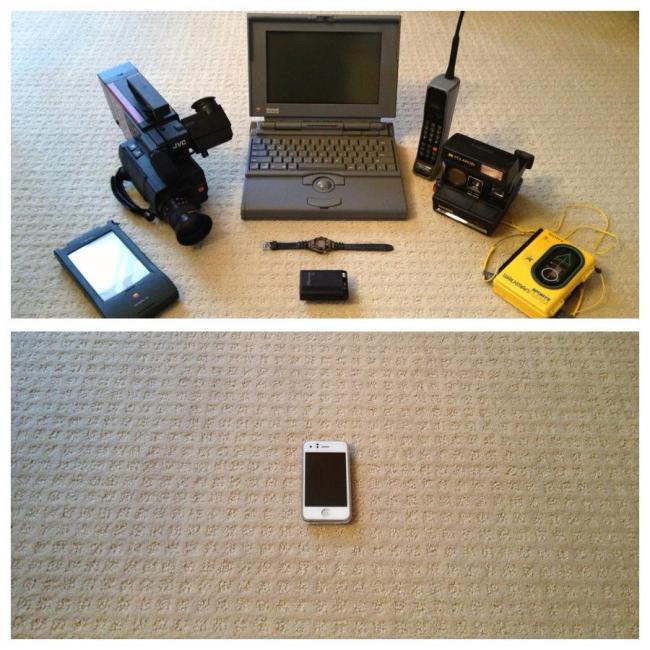I’d argue that the majority of biz owners don’t appreciate or understand the impact of customer ratings and reviews when it comes to making purchase decisions.
These days, as a proud Amazon Prime customer, my first instinct is to browse the site when I’m in the market for something new.
I search the category of the item of interest (i.e. TV), narrow down the results, and sort by “Average customer reviews”. On Amazon, I’m confident that generally speaking the price is competitive vs. retail, so at that point I try to narrow down the options to those with the best customer ratings.
And… I definitely discriminate based on this. Your product has ❤ stars? Forget it.
Now, rationally speaking, I know that the high or low ratings could be based only on a few reviews, so another important measure is how many reviews it has received. My rule of thumb is that it should have 30+ reviews to feel like the star rating has significance.
At that point, I’m usually left with a few choices and I go in to each and immediately scroll down to read the user reviews. Again, rationally speaking, these are likely to be from the extremes (your haters and your superfans) of the satisfaction scale, given that the majority of people don’t provide reviews.
For whatever reason, I feel more comfortable listening to complete strangers who took the time to share their first hand experience, than reading what the company has to say about itself (or what an incentive-driven sales person would tell me in a store).
I’ve grown to rely on this practice because it has saved me a lot of time and led to me getting the best option when I make a purchase, which makes me feel good when it doesn’t break in a week.
Knowing that I’m not alone in this changing world and that customer feedback is a huge influence on purchase decision, I’m surprised how few companies actually do anything to help themselves. I see this on Yelp, Google Places, and a ton of other user generated review sites.
For the few that are ahead of the curve… they reap what they sow.
I recently was in the market for a bathroom scale. The medical scale in the locker at the gym said I was bordering obesity at a whopping 195lbs. At first, I trusted it because it was medical, but also couldn’t believe I put on 20lbs in a couple months. While out having coffee, I pulled up Amazon on my phone, searched for scales, and one scale came to the top of the list with a PERFECT 5 star rating. It was the Eatsmart Precision Plus Digital Bathroom Scale.
Moving through my flow, this 5 star rating came from 7,839 people. This was the first time I have seen a product with a perfect score and over 1K ratings.
I glanced at the reviews to make sure it wasn’t bogus, added it to my cart and checked out. Again, on my phone. Received it quickly with Prime and it worked flawlessly right out of the box.
How did EatSmart pull off this feet, you ask?
By knowing that consumers do their homework through reviews but are generally too lazy (or forgetful) to write reviews of their own.
Their solution? Include a slip that politely asked for a review, made it personal to helping small business, clearly acknowledged that the I bought it from Amazon.com, and provided the steps on how to leave a review.

They also take it a step further. Looking at the written reviews, some of the customers have initially posted poor reviews about the product. These reviews have been updated by the customers to share how the company listened to their issues, had the company’s senior leadership contact them, and tried to correct the situation.
EatSmart knows how to turn a bad situation into a positive one. They know that those vocal, negative reviewers can be channeled to in the same exact location to become brand advocates.

Anyway, long story short, I hope that businesses take a page out of EatSmart’s book…
Know your customer, encourage the behavior that makes them buy your product in the first place and listen up. You’ll be on your way to more $ soon and hopefully a 5 star rating.
Off to go leave my review for EatSmart.











Written
on June 1, 2014